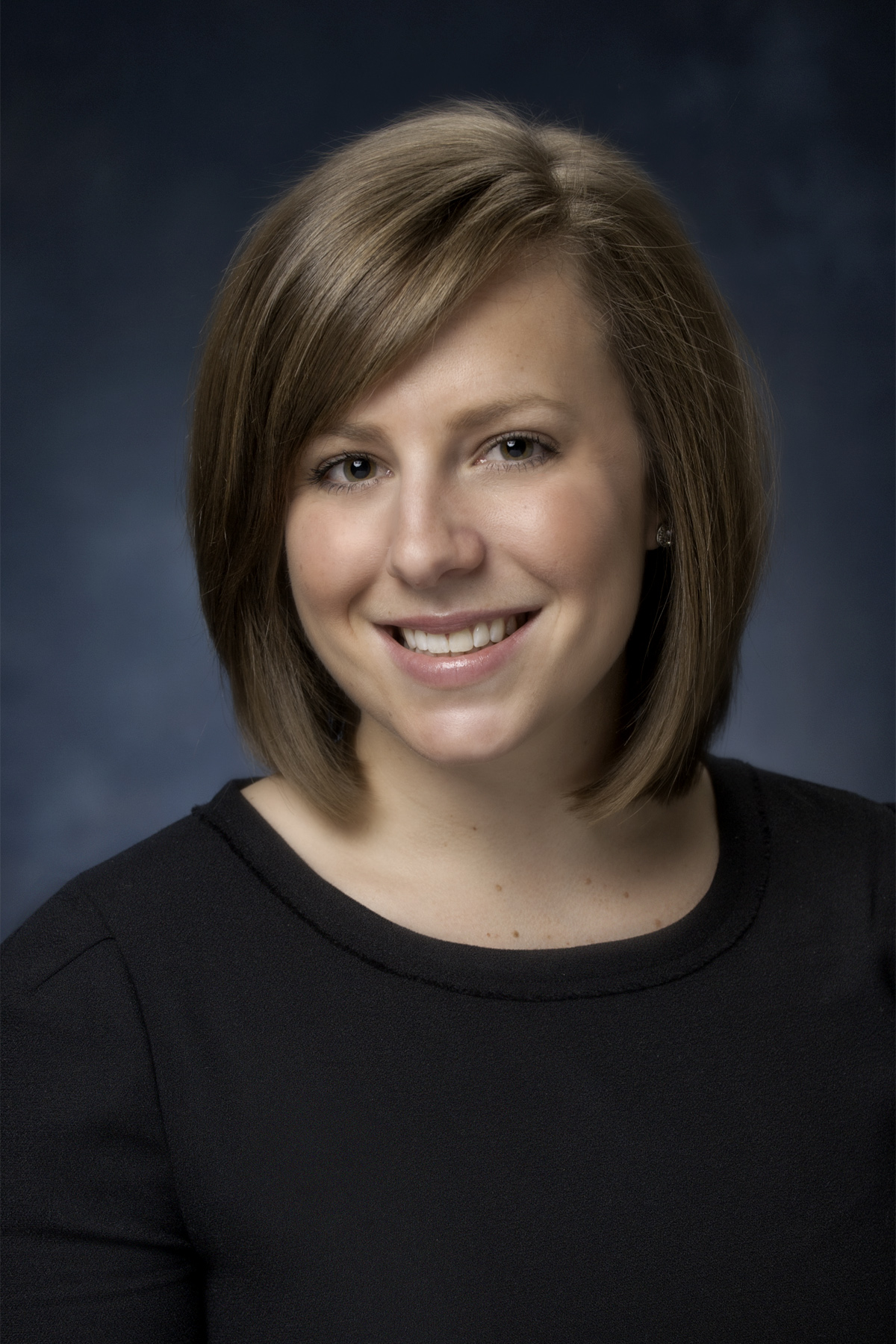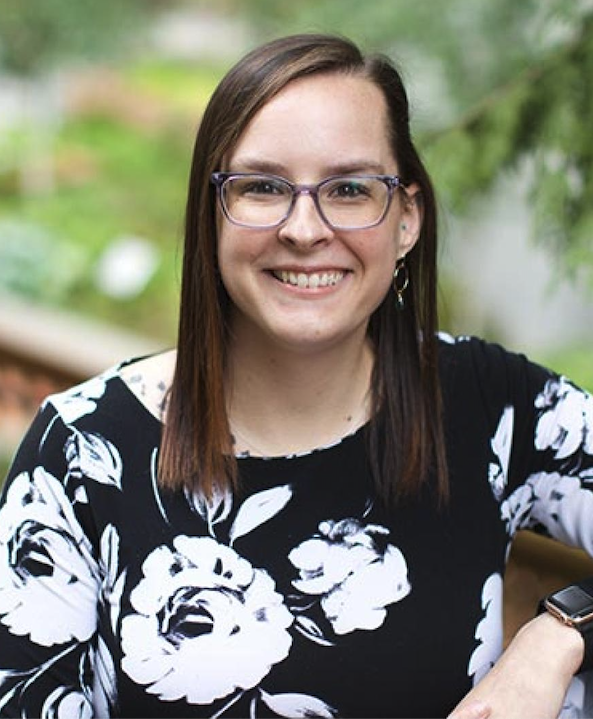
Onboarding the APP: Case Exposure, Educational Resources, and Provider Collaboration
Last Updated: Thursday, November 21, 2024
Adrianne Maurer, MSN, RN, AG-ACNP, BMTCN, and Katie Sellers, MPAS, PA-C, discuss the steps to effectively onboard new and new-to-GVHD APPs into the chronic GVHD space, sharing how they approach the challenge of helping new APPs apply didactic learning to a patient scenario by exposing them to as many cases as possible, both common and unique. Adrianne and Katie talk about the value of collaborating with other providers to ensure a patient’s care is consistent. They also mention the guides and websites they find most helpful in educating the new APPs, as well as the importance of attending conferences for both educational and networking purposes.
Meet the faculty

Katie Sellers
MPAS, PA-C
Texas Oncology Blood and Marrow Transplant
Katie is a physician assistant working in blood and marrow transplant, managing outpatient stem cell transplant patients as well as acute and chronic GVHD. Katie precepts APP students and new-hire APPs and presents hematologic malignancy and stem cell transplant-related educational lectures locally and nationally. She was published in a journal regarding bone marrow procedure proficiency and is involved in company-wide bone marrow training efforts.

Adrianne Maurer
MSN, RN, AG-ACNP, BMTCN
Fred Hutchinson Cancer Center
Adrianne Maurer is an advanced registered nurse practitioner, with her clinical specialties including post-transplant management of GVHD. In her current position, Adrianne provides patient care in addition to mentoring students, new providers, and physician fellows as they begin their careers. Her research interests include quality-of-life issues in the transplant-ineligible patient, managing GVHD in the post-transplant setting, and the management of pregnancy in active leukemias/MDS.
References
- https://learn.astct.org/products/2024-astct-advanced-practice-provider-onboarding-guide
- https://network.nmdp.org/services-support/hematology-oncology/post-transplant-care/gvhd-screening
- https://www.fredhutch.org/content/dam/www/research/patient-treatment-and-support/ltfu/GVHD_Tips_Clinic_Visit_Tips_Assessment_and_ROM_01-20-16.pdf
- https://www.fredhutch.org/content/dam/www/research/patient-treatment-and-support/ltfu/LTFU_HSCT_guidelines_physicians.pdf
